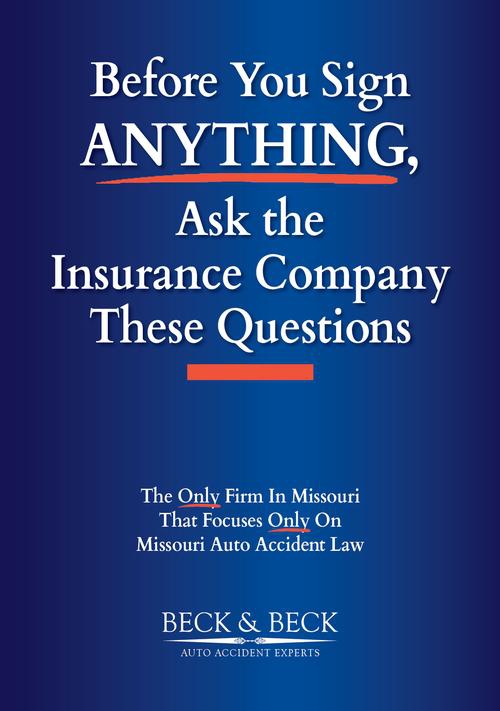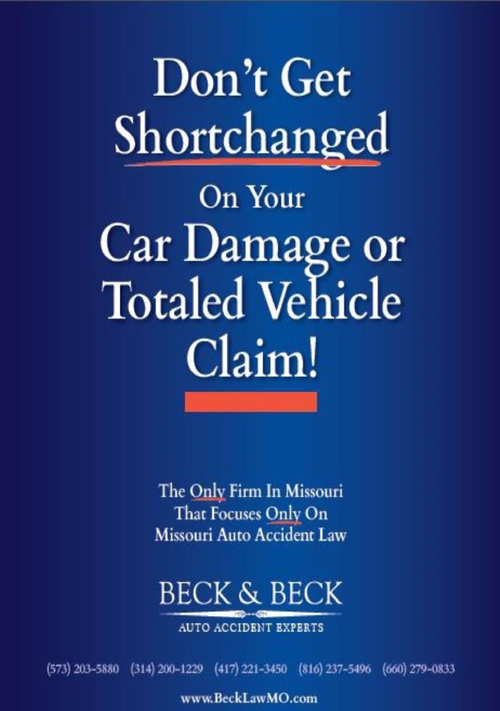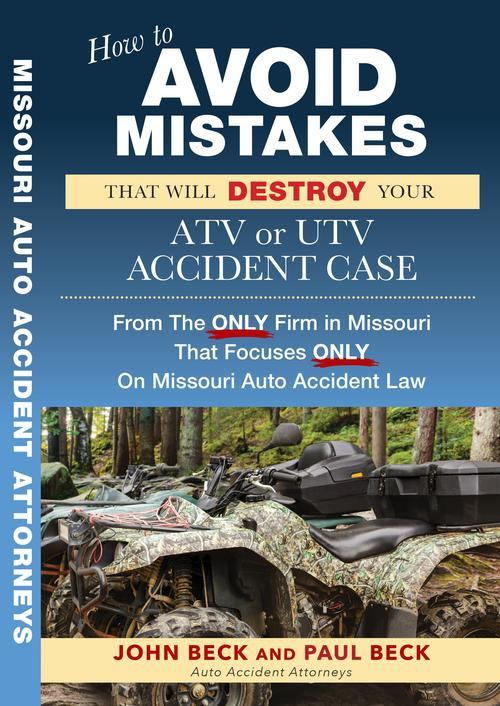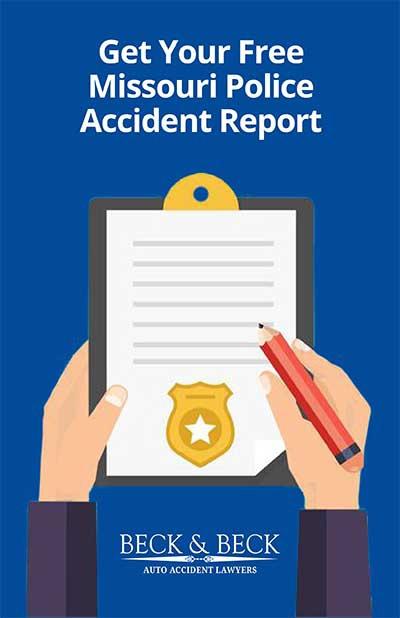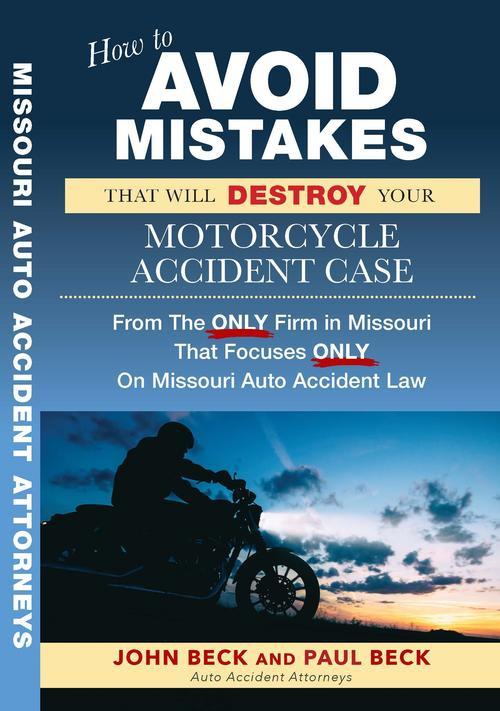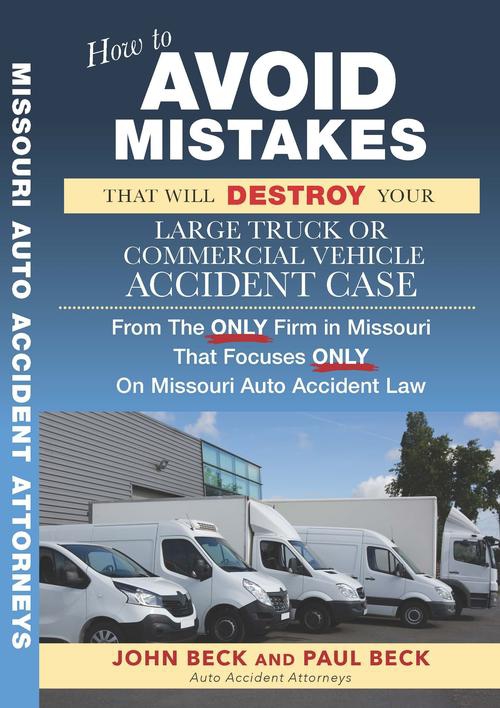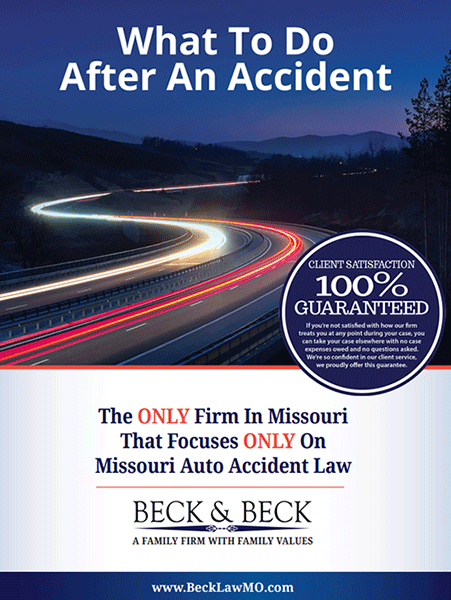In Missouri, sovereign immunity generally protects government entities from lawsuits, but this immunity is waived in specific situations, including motor vehicle accidents caused by negligent operation of a car, bus, or truck by a public employee.
This means the state can be sued for motor vehicle accidents where a public employee negligently operated a car, truck, or bus.
What Are Missouri’s Sovereign Immunity Laws?
The original idea behind sovereign immunity is that the king is the law. It made no sense to sue the law.
However, sovereign immunity has a more practical purpose in modern government. The state and its agencies provide a broad range of services. If they were subject to lawsuits for every mistake, they would always be in court. The cost of defending these suits would drain public funds. As a result, the state would no longer be able to provide essential services.
On the other hand, the state must balance these protections against its public safety interests. Blanket immunity overlooks — and may even encourage — carelessness. Imposing liability on government entities ensures that they screen, train, and supervise their workers properly.
Missouri law takes a fairly aggressive approach to asserting sovereign immunity.
RSMo Section 537.600 starts by stating that sovereign immunity remains in full force and effect unless the law creates a specific exception. In other words, sovereign immunity is the rule in Missouri. You can only sue the state when your case falls under one of the situations specifically exempted from this rule.
That being said, the exceptions are broad. Injured people can pursue claims against the state or its agencies in the following situations:
Negligent Motor Vehicle Operation
The state waives its sovereign immunity when public employees cause car accidents. When lawyers are up against sovereign immunity laws in Missouri car accident claims, they must prove the following elements:
- The injuries directly resulted from negligent acts or omissions
- The person who acted negligently was a public employee
- The negligence arose from the operation of a motor vehicle
- The employee was acting in the course of their employment
The plaintiff has the burden of proof in an injury case, which means they must have evidence to satisfy each of these elements.
Experienced Missouri car accident attorneys must prove that a given case meets the sovereign immunity exception by showing what occurred, as well as the identity and purpose of the government vehicle and its driver.
For example, the police crash report and photos of the vehicle might verify that the vehicle was on official business for a state agency. Eyewitnesses might also help to confirm that the government employee caused the collision.
Premises Liability
The second exception applies indirectly to car accidents.
The government also waives sovereign immunity for injuries on government property due to negligence in addressing dangerous conditions on the premises. This section of the law applies to all government premises, including negligently designed, maintained, and operated roads, garages, and parking lots.
Liability in Car Accidents Involving Government Vehicles
Because of the waiver of sovereign immunity laws in Missouri, car accident claims against government entities rely on the same legal principles as those against private individuals. Specifically, the claimant must prove that the public employee operating the government vehicle was negligent.
Negligence includes the following four elements:
- Duty of care
- Breach of duty
- Causation
- Actual loss
All road users, including drivers, pedestrians, and cyclists, have a legal duty to act with reasonable care. In other words, they must exercise the same caution that society expects from an ordinary person in the same situation.
Some breach this duty when they act or fail to act in a way that they know or should know poses an unreasonable risk to others. In many cases, the breach of duty arises from a traffic law violation, such as making an unsafe lane change, disobeying traffic signs or signals, or speeding.
However, a violation isn’t required to find a driver negligent. Legal but unsafe actions like daydreaming or arguing with a co-worker while driving might constitute negligence, even though the driver probably won’t receive a citation.
Importantly, you must establish a causal link between the government worker’s negligence and your resulting losses. In many cases, the link is clear. Suppose that a government car sideswiped your bicycle while overtaking it. If witnesses saw the driver crowding you, the driver is probably responsible for your injuries.
In other cases, the link is more tenuous. For example, imagine that something flew out of the bed of a government work truck, striking your windshield and causing you to swerve into a concrete barrier. In this case, the government worker’s carelessness in securing the load was the cause of your accident.
Losses typically arise from property damage and injuries. You might incur both economic and non-economic losses. The former are financial costs, including medical expenses and lost paychecks, while the latter are intangible impacts on your quality of life. Non-economic damages include pain, suffering, and disfigurement.
In practice, the following government vehicles may be involved in auto accidents:
- Police cars
- Fire trucks
- Snowplows
- Road construction vehicles
- Street sweepers
- Transit buses and school buses
You should view this list as merely illustrative, as the government uses vehicles for all types of official business. For example, a building inspector may drive an unmarked department car. Once you identify the other driver as part of the government, the sovereign immunity waiver laws will likely apply to you.
Additionally, under the sovereign immunity waiver for premises liability, the government may be liable when the condition of the road or traffic infrastructure contributes to an accident.
Road design, missing signs, malfunctioning traffic lights, and other defects known or reasonably discoverable by the responsible agency could form the basis of a car accident lawsuit against the government.
The Missouri Tort Claims Act
The Missouri Tort Claims Act lays out the rules for suing the government for a tort, such as a bodily injury. They include the following:
- 90-day notice to the relevant agency for injuries arising from hazardous premises
- Caps on compensatory damages
- No punitive or exemplary damages
- Apportionment among multiple claimants based on their share of the total losses
- Annual adjustment of damage caps
- Penalties for frivolous lawsuits against public entities
Aside from these rules, the procedure for filing a lawsuit against a public entity is the same as the one for suing a private party. Your claims will start with a notice to the agency or department responsible for your injuries. This notice will include a description of what happened, including the place and time, and the injuries you suffered.
The Tort Claims Act doesn’t set a deadline for the required notice in car accident cases. However, you only have 90 days to provide notice in premises liability cases for defective roads or other traffic infrastructure hazards.
In either situation, you should consider consulting a lawyer promptly after your accident so you don’t miss any notice deadlines or the state’s five-year statute of limitations.
Filing Claims Under the Missouri Tort Claims Act
Missouri law allows government entities to buy liability insurance policies, as well as to self-insure. Insurance provides a mechanism for claimants to seek compensation and gives government agencies and departments a source of funds to pay out on claims.
Your attorney will file a claim with the agency’s insurer. An adjuster will then investigate the incident and determine the claim’s validity. If your injuries fall within the state’s sovereign immunity exception, the insurer will compensate you for your injury-related losses. Your lawyer will negotiate with the insurer to settle your claim fairly.
If your injuries fall outside the sovereign immunity exception, the adjuster will likely deny the claim. Your attorney can negotiate with them to try to overcome the denial. Alternatively, you can authorize them to file a lawsuit against the government entity.
The government’s insurance adjuster may use the following grounds to deny your claim:
- A government employee didn’t cause your injuries
- The government employee wasn’t working at the time of the crash
- The government employee didn’t act negligently
For example, an insurer might assert that the driver wasn’t on official business when you were hit, instead claiming that the driver was on a personal errand, like picking up groceries. Because such errands aren’t done within the course of the worker’s employment, the insurer can deny the claim.
Liability may be more difficult to determine in other circumstances. Suppose that the driver was headed to lunch when the accident occurred. In this case, it could be argued that they were taking a personal detour. However, if they were going to a work-related lunch meeting, they might have been on official business.
Your legal counsel can try to overcome a denial by providing evidence and legal arguments. For example, if your claim were denied on the grounds that the worker wasn’t negligent, your lawyer could challenge the denial by providing statements from witnesses who saw the worker talking on their phone right before the crash.
Most injury cases don’t reach trial but instead settle during trial prep. However, if your case doesn’t settle, your lawyer must present your claims to a jury.
Your lawyer may produce witnesses who can authenticate and explain your injuries and the losses you suffered. You and other witnesses will also testify about how the crash occurred. The state will cross-examine your witnesses and present its defense.
A jury will decide whether the government is liable for your injuries and, if so, how much the state must pay. To assist the jury in calculating your compensation, your lawyer will furnish evidence of your economic and non-economic losses. This evidence may include medical records, financial documents, and witness testimony.
The jury will calculate your economic losses by adding up all the costs you’ve incurred due to your injuries, including medical bills, out-of-pocket expenses, and lost wages. It will also consider costs you’ve yet to incur, such as ongoing medical care and future lost earnings.
Non-economic losses can’t be calculated as easily. To determine this aspect, the jury will listen to your testimony about how your injuries have affected you and hear from your doctor about the pain and mental anguish you’ve experienced. It will then award an amount based on the severity of your injuries and their impact on your life.
Keep in mind that non-economic damages are subject to statutory caps in these cases.
Sovereign Immunity Statutory Caps for Motor Vehicle Accidents
When it waived sovereign immunity, Missouri placed limits on the compensation it would pay injury victims.
First, the state doesn’t allow the payment of punitive damages in cases against government entities.
Second, compensatory damages are capped by statute. This cap was originally set at $300,000 per claimant, up to $2 million per accident. However, the statute requires the state to adjust the cap for inflation. In 2024, the caps were set at $505,520 for a single claimant and $3,370,137 for multiple claimants.
The fact that you can’t receive any amount greater than the cap for that year can create real hardship in cases involving serious injuries.
For example, imagine that you suffer a catastrophic injury, such as permanent brain damage, that requires hospitalization and extensive medical care. You also need physical and occupational therapy to try to recover some of your functions.
Even if the state acknowledges liability and accepts your attorney’s estimates of your losses, it can’t offer you more than the damages cap.
However, the statutory caps don’t apply to individual defendants.
Let’s say you were hit by a transit bus while walking in a crosswalk. You could pursue a claim against the transit authority and the bus driver. The transit authority lawsuit would be governed by the sovereign immunity waiver laws, but the suit against the bus driver wouldn’t — they would be treated like any other driver being sued for a crash.
Therefore, one potential strategy is to bring claims against both the government entity and the at-fault driver. If your settlement from the government hits the state’s cap, you may be able to recover additional compensation from the driver’s insurance.
Assisting Car Accident Injury Victims in Missouri Since 1990
Beck & Beck Missouri Car Accident Lawyers is a family-run law firm established more than 35 years ago. Our attorneys have decades of experience championing the rights of accident victims against powerful insurers.
When you pursue a case against a government entity, you face an uphill climb. The government and its insurers have nearly unlimited resources to throw at your case. Moreover, you could be up against huge teams of skilled insurance defense lawyers.
Our attorneys understand Missouri’s sovereign immunity laws inside and out. We also have ample experience litigating cases against state agencies. These qualifications make use uniquely suited to help you seek fair compensation for your losses.
Contact us today to learn more about your right to pursue a claim against the government entity responsible for injuring you.
Related Articles
Liability in company vehicle accidents in Missouri
Borrowed car accidents in Missouri
How to find out if someone was in a car accident in Missouri

